Google Account


To mark World Password Day, Google is highlighting its progress on passkeys, which will soon work with the Advanced Protection Program (APP).
Expand Expanding Close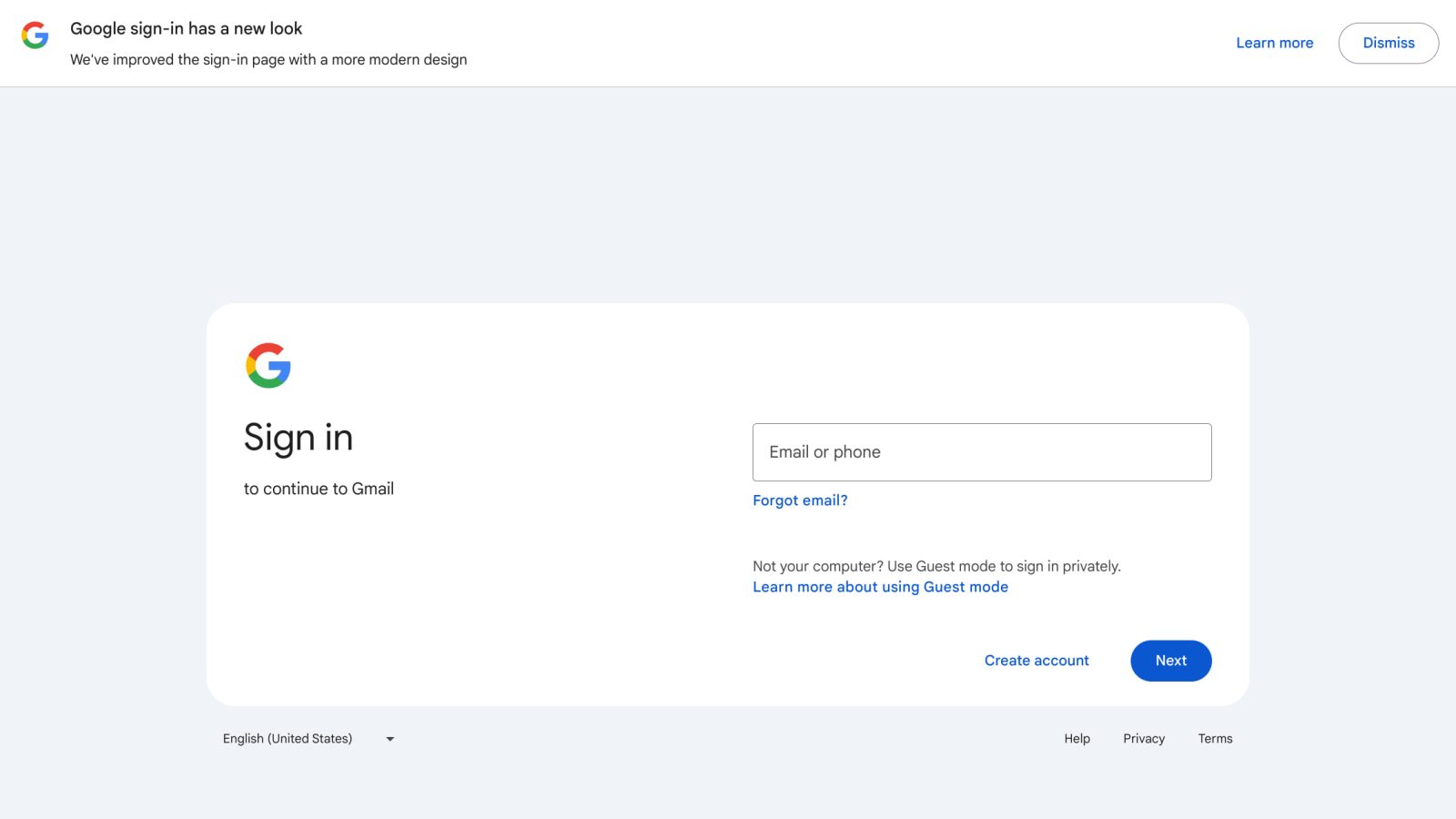
Following the announcement earlier this week, the new Google Account sign-in page is rolling out to phones, tablets, and computers.
Expand Expanding Close
Over the past couple of weeks Google has been teasing “a new look” for its sign-in page but, after finally revealing it, many have been underwhelmed. It leads to the question – why did Google so prominently announce this change?
Expand Expanding Close
As teased, Google is rolling out a redesign for its Account sign-in page across all services that better conforms to Material 3.
Expand Expanding Close
Google has begun teasing that its sign-in page is about to receive a redesign.
Expand Expanding Close
A severe cookie-related vulnerability that first involves malware exfiltrating files from Chrome looks to allow access to Google Accounts even after passwords are changed.
Expand Expanding Close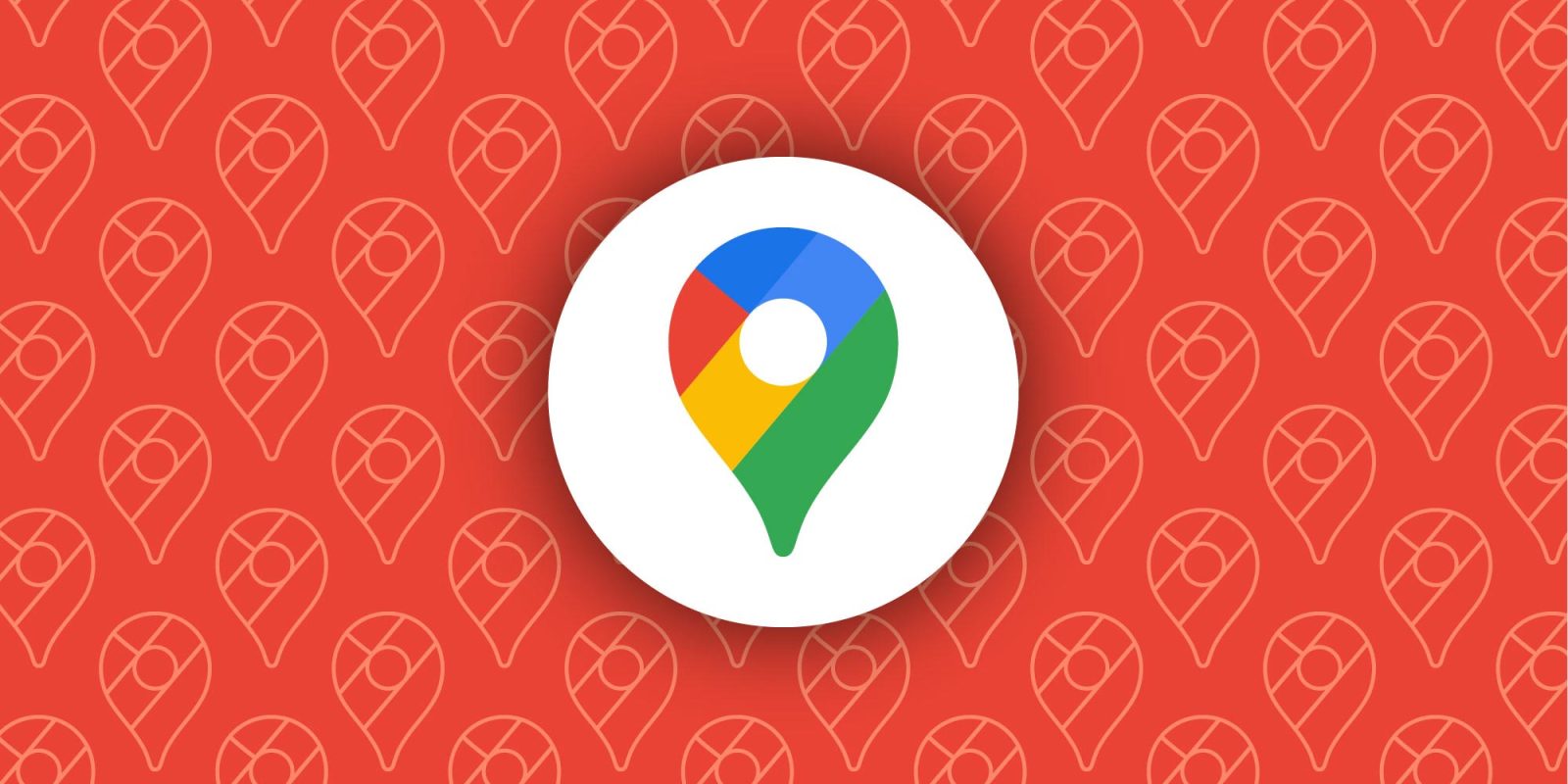
Google is making a big change to how it stores Location History data on Android and iOS. Instead of that data being stored in the cloud, Google will be locally saving Location History to your device with end-to-end encrypted cloud backups for “Your Timeline” in Maps also offered.
Expand Expanding Close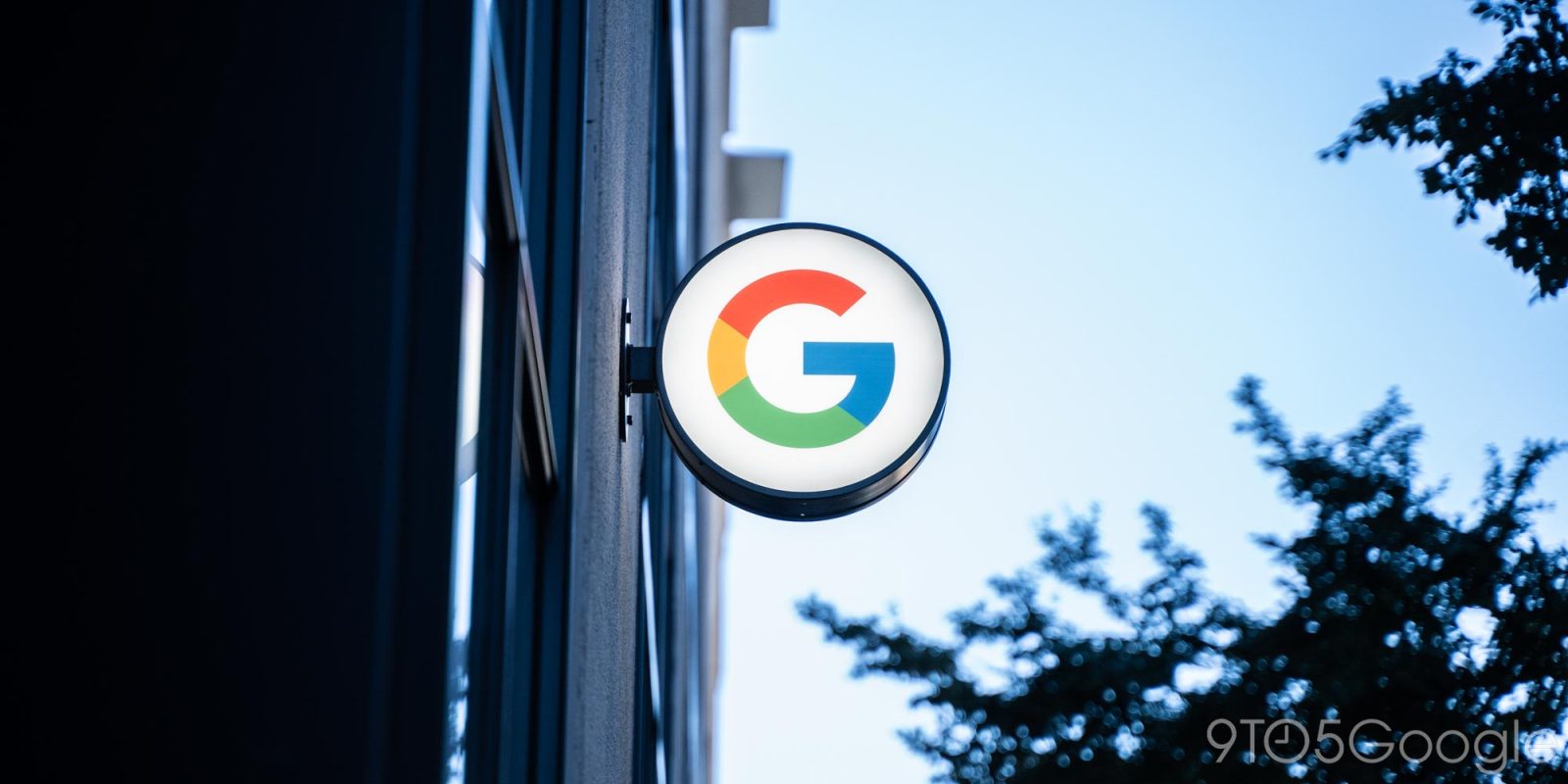
Google has warned that inactive Google accounts – including Gmail, Photos, and more – will be deleted sometime in December. If you want to keep that account, this guide will show you how you can do that.
Expand Expanding Close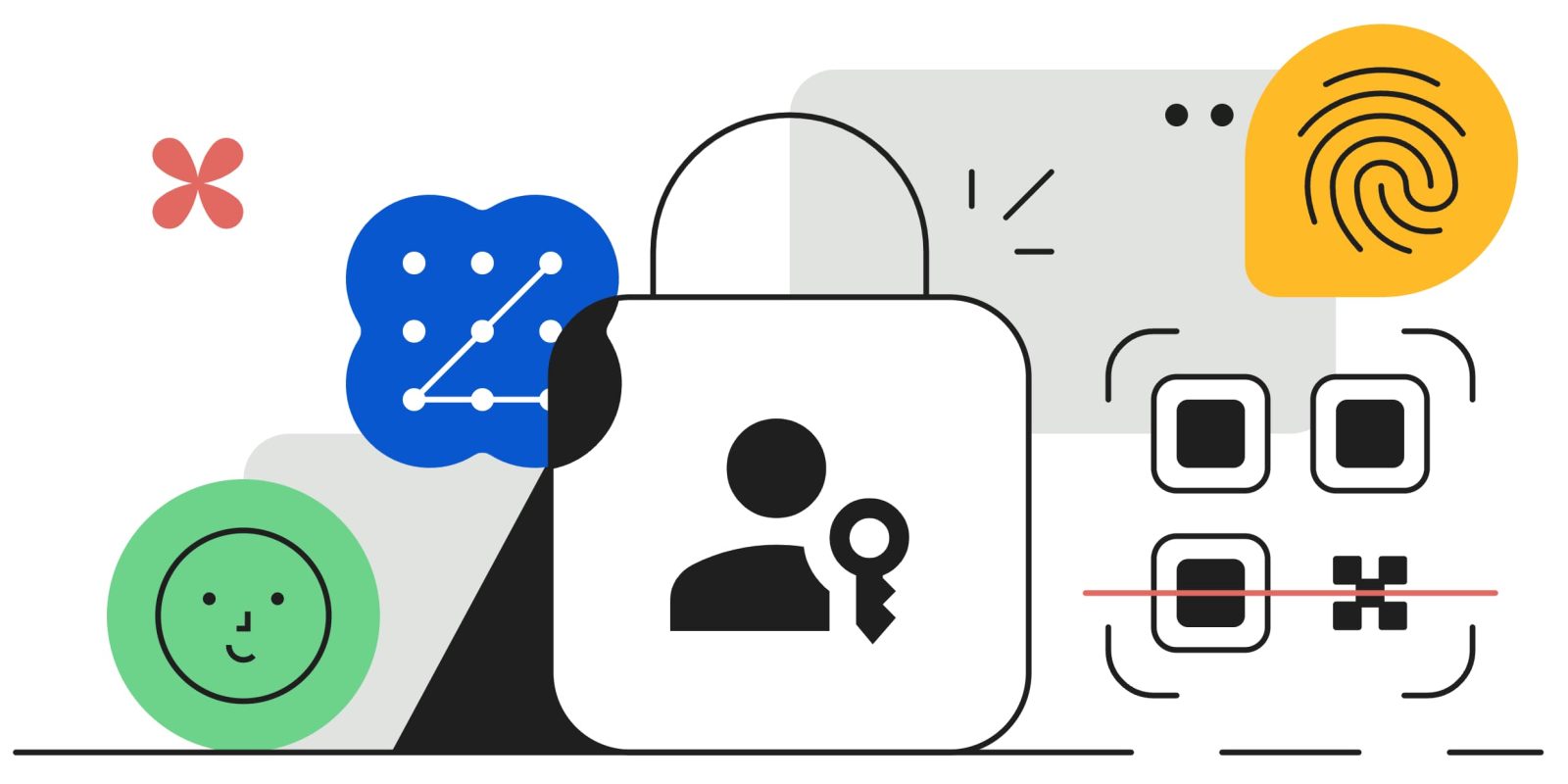
After launching in May, Google will soon actively encourage users to set up passkeys for their Gmail, YouTube, and other first-party accounts.
Expand Expanding Close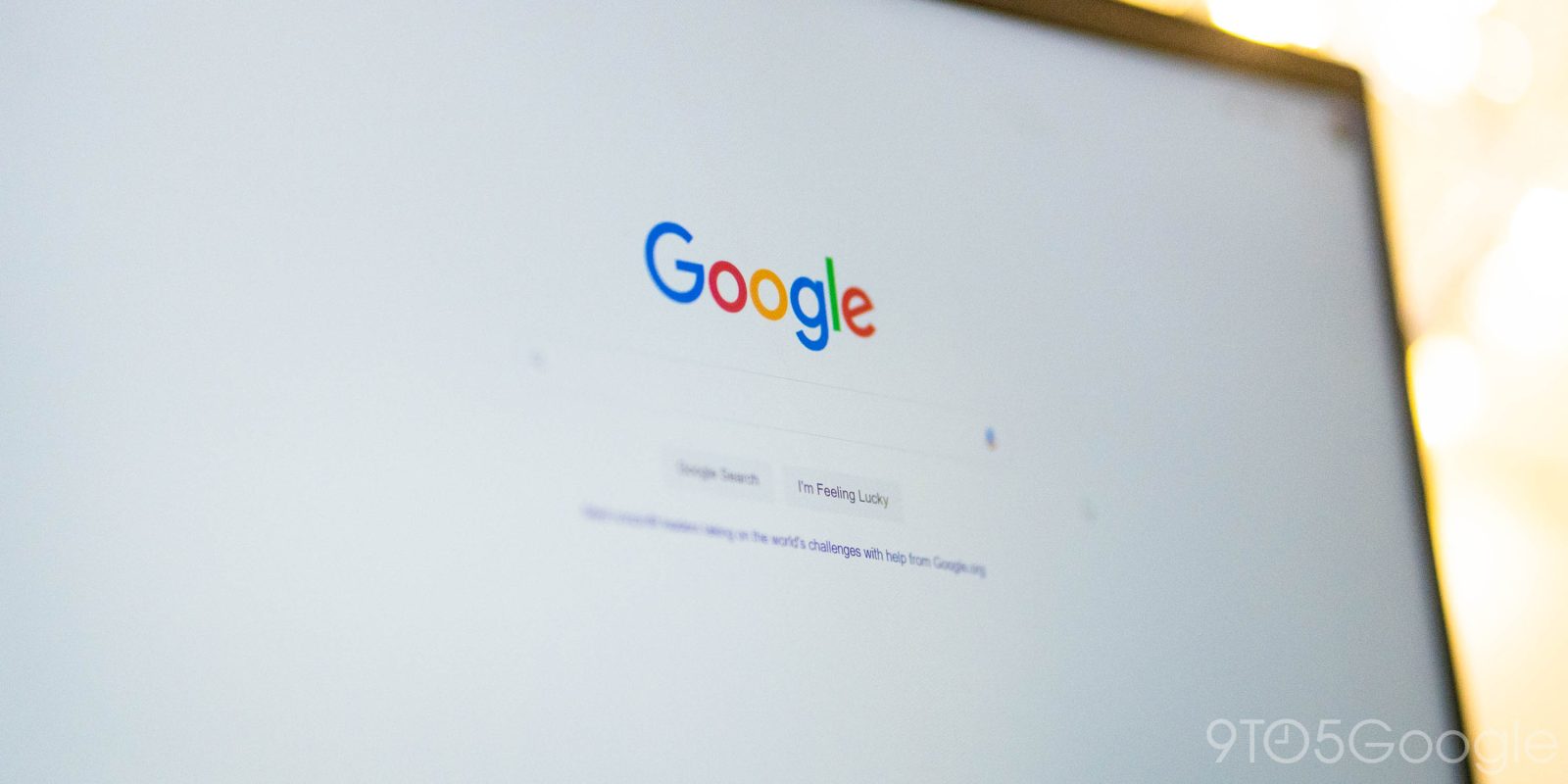
Google has redesigned the account switcher used across Google Search, Gmail, Docs, and more, introducing a larger UI with Material You styling.
Expand Expanding Close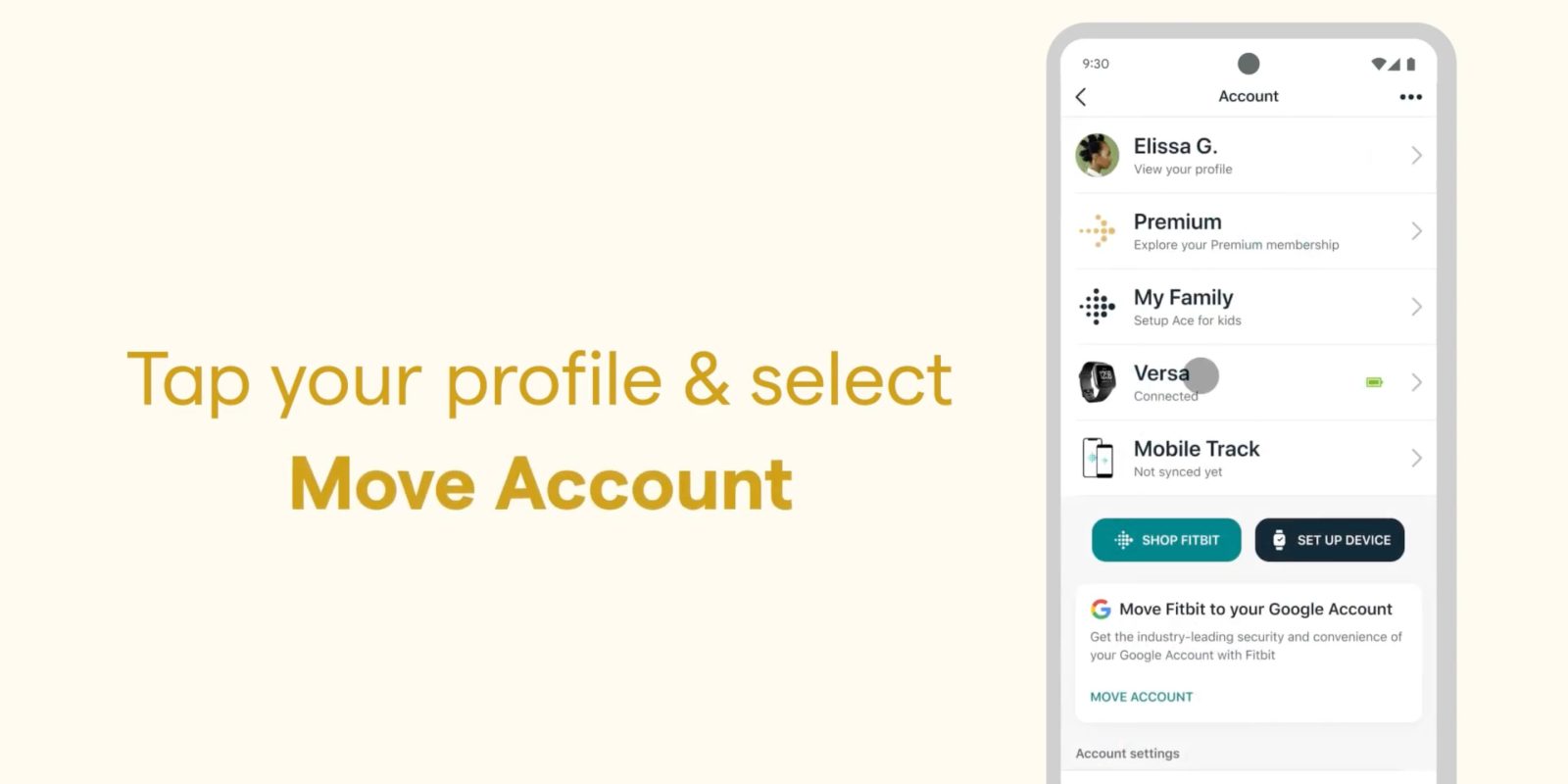
Fitbit is moving away from its own account and password system to just use Google’s. This provides a number of benefits and is rolling out now.
Expand Expanding Close
In 2020, Google said it would remove content stored in an inactive account (but not the account itself) to preserve storage space. Google is now updating its inactivity policy so that old, unused accounts will be deleted starting later this year.
Expand Expanding Close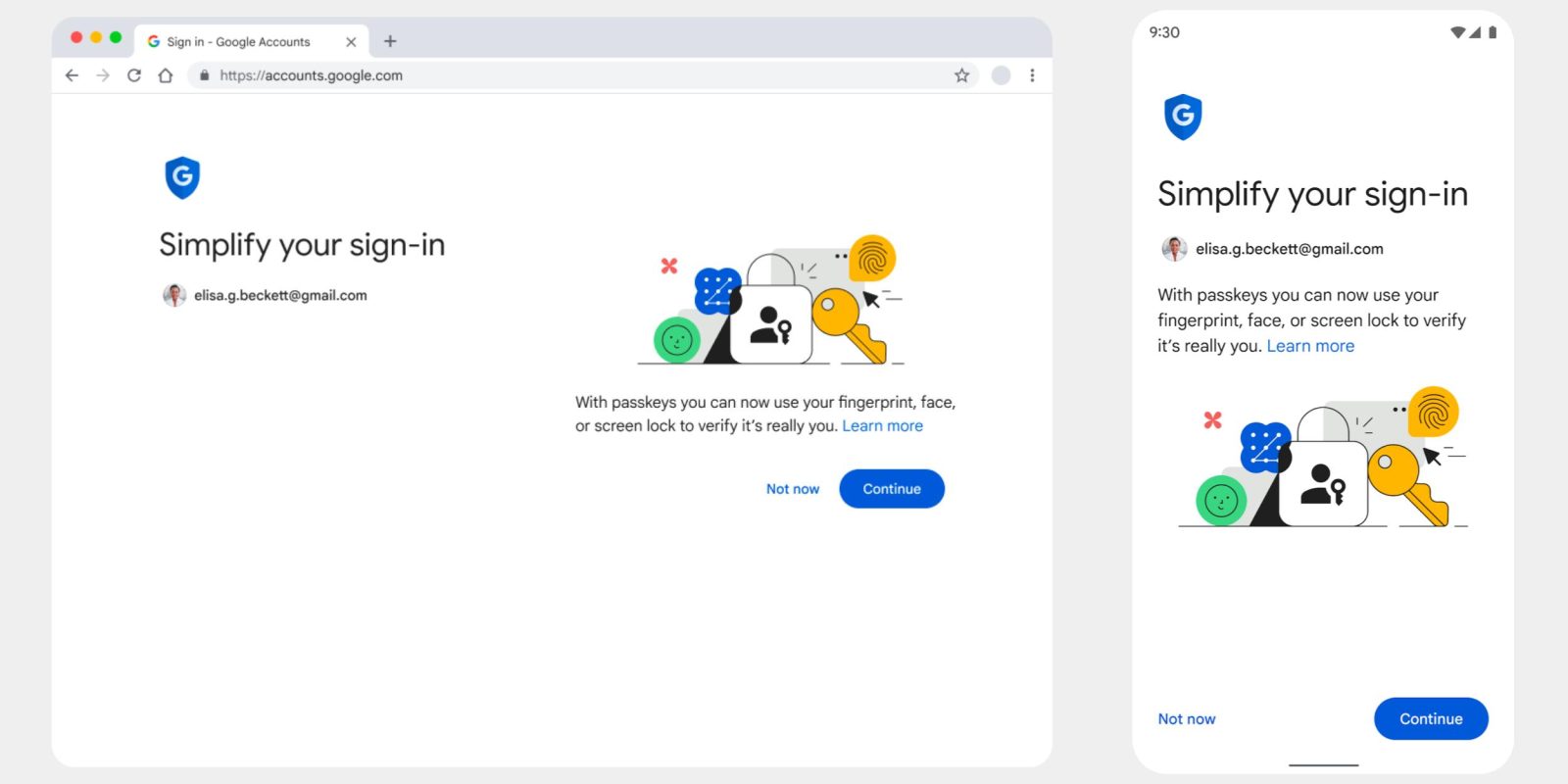
Google has spent the past several years working to replace passwords because of frequent reuse, vulnerability to data breaches, and phishing. Passkeys are the industry solution, and the ability to log in to your Google Account with them is starting to roll out.
Expand Expanding Close
As we previously spotted, Fitbit shared today that its transition to using Google Accounts for logging in and new device registration will start this summer.
Expand Expanding Close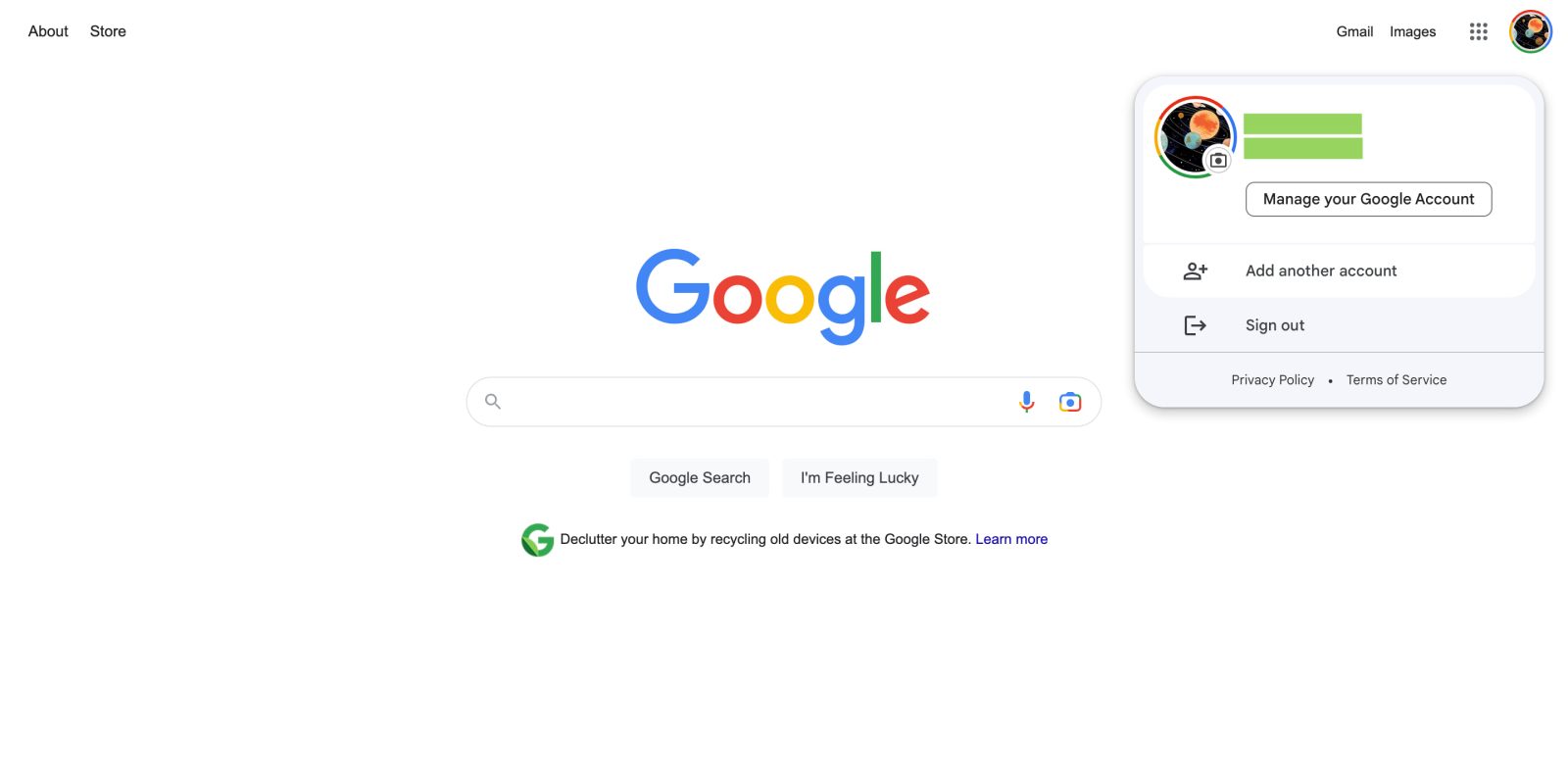
After debuting in Messages on Android, the Google Account switcher on the web is getting a Material You redesign.
Expand Expanding Close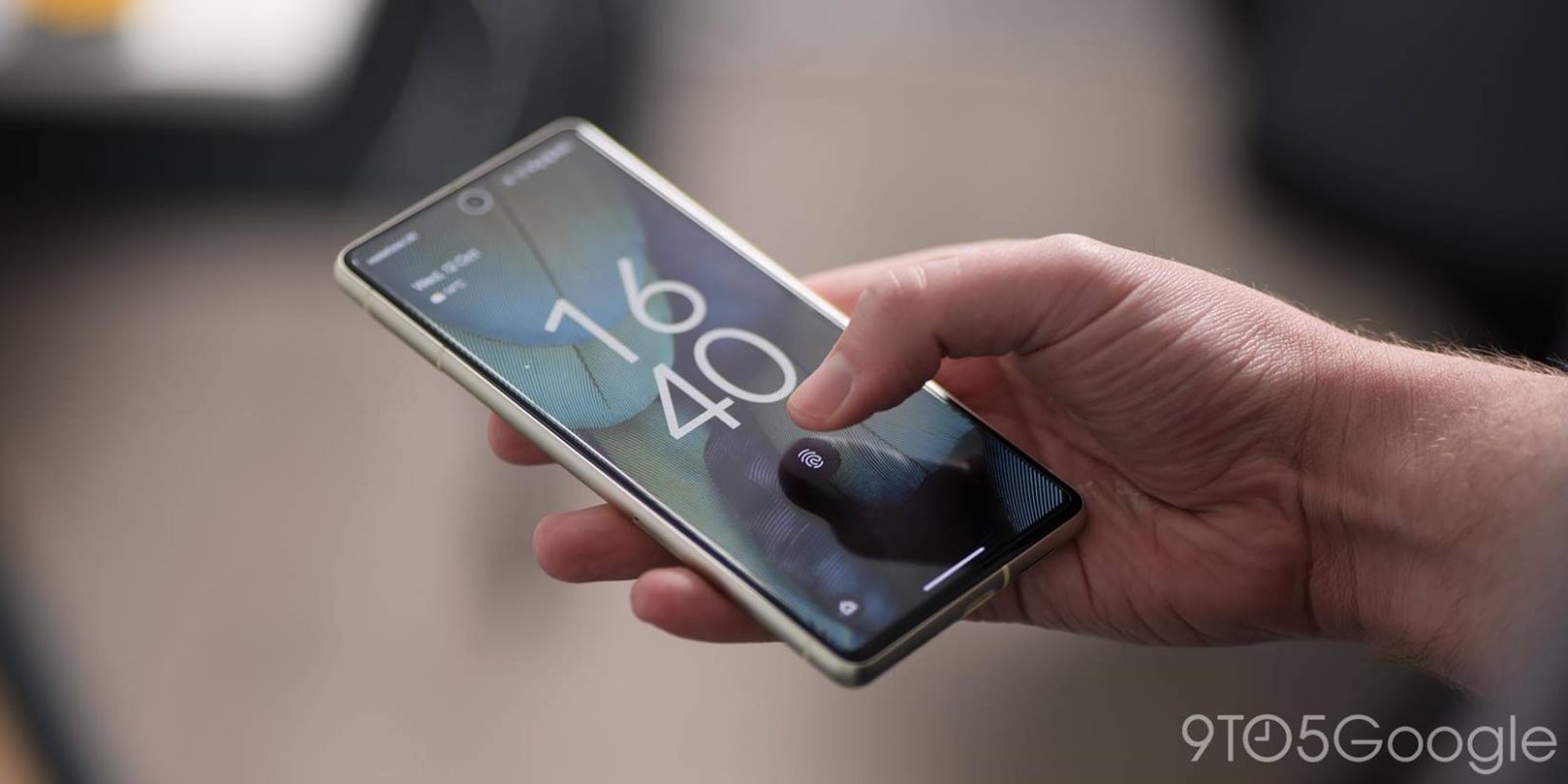
If checking the Pixel’s Security & privacy menu returns a “Google Account may be at risk” alert encouraging you to “Add a screen lock,” you’re not alone today.
Expand Expanding Close
Back in September, Google started updating the account switcher found in the top-right corner of all its Android apps, and it’s now getting more Material You and Dynamic Color.
Expand Expanding Close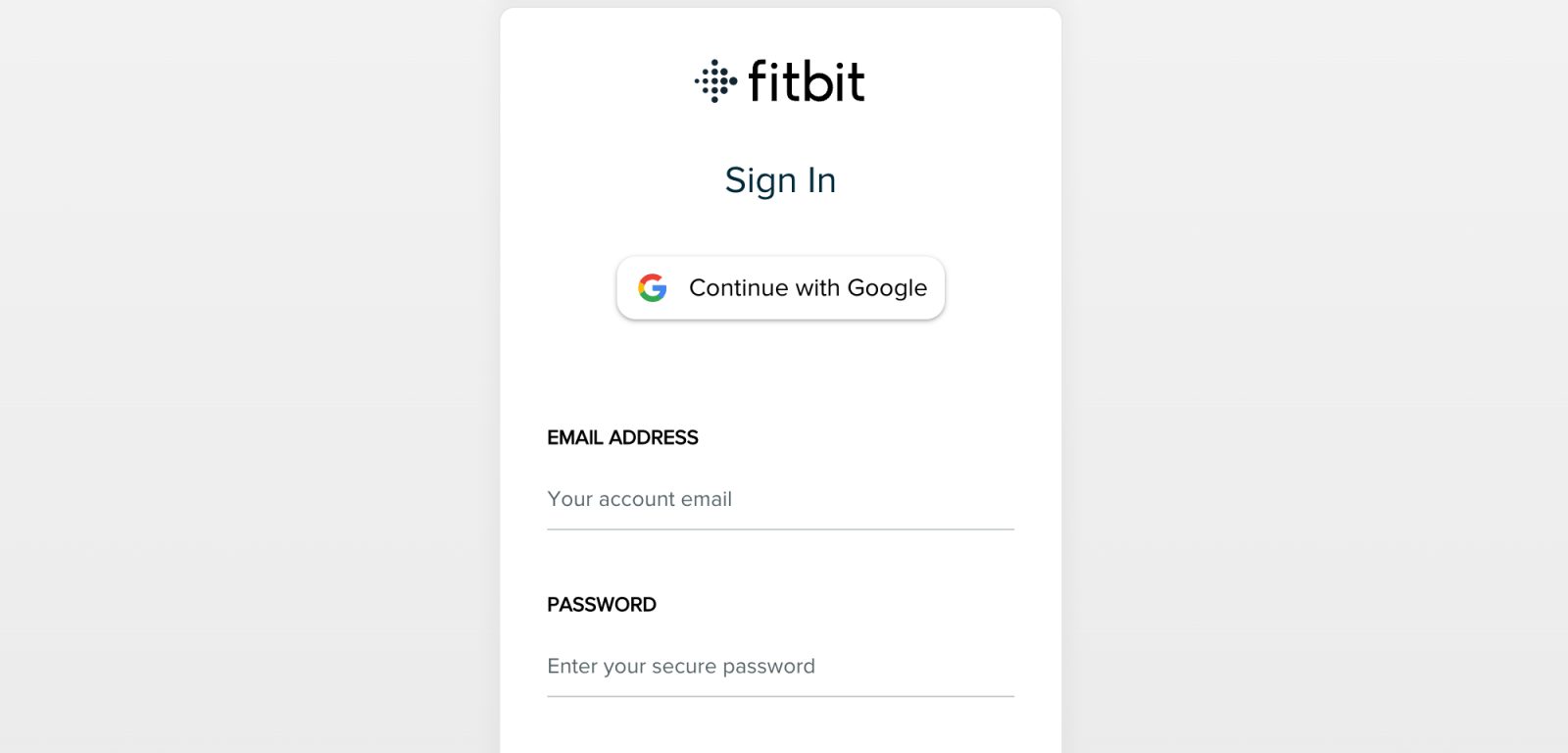
Starting in 2023, Fitbit will require a Google Account to use new devices and features. As part of transitioning to a single account system, Fitbit.com is losing support for Google sign-in.
Expand Expanding Close
Enabling two-factor authentication for the vast majority of your online accounts is the bare minimum in this day and age. Google Pay will soon require 2FA (2SV) to “view any payment info.”
Expand Expanding Close
In addition to announcing initial Android and Chrome support, Google today detailed how passkeys on Android will sync to its Password Manager.
Expand Expanding Close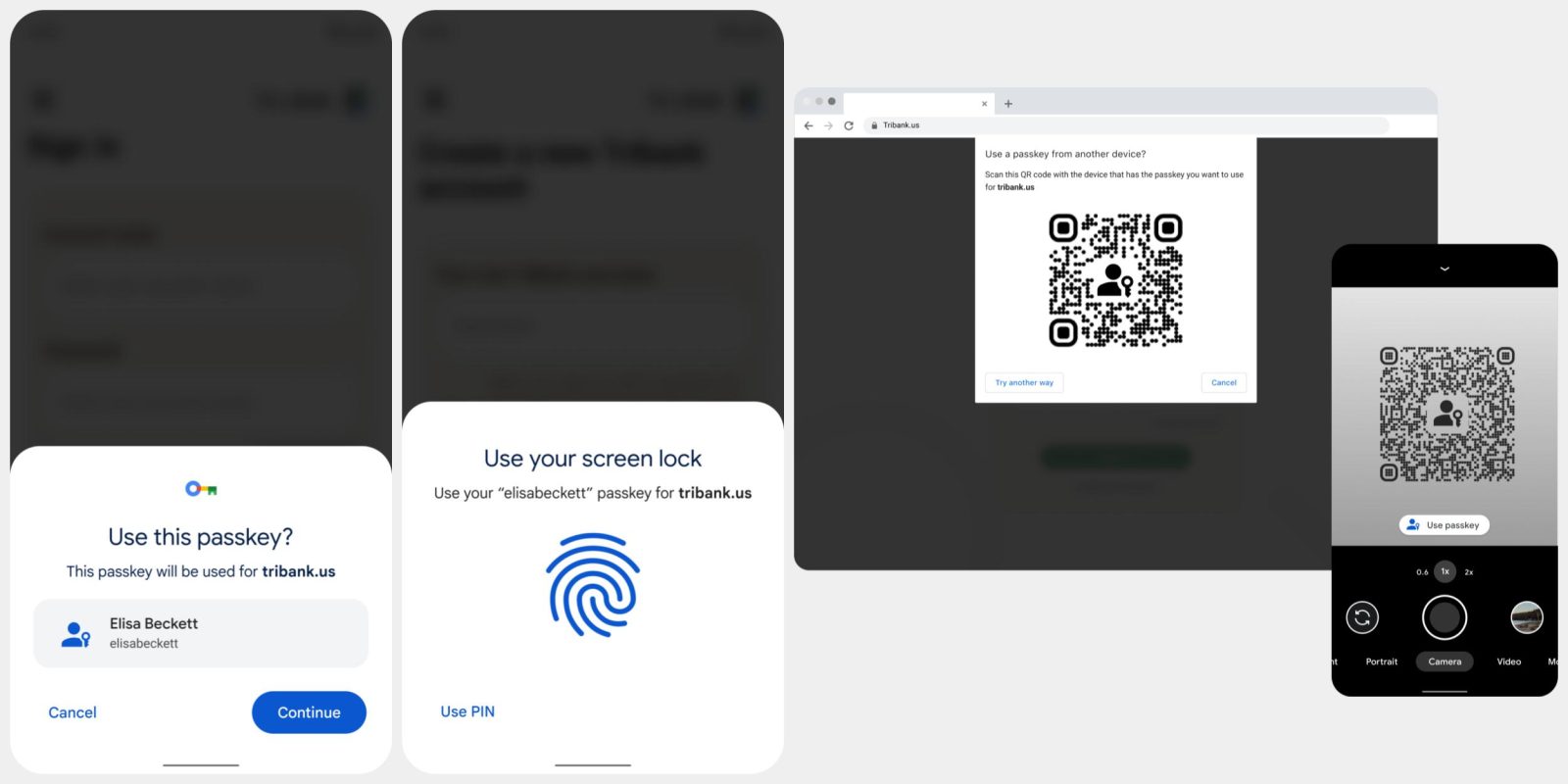
Apple, Google, Microsoft, and others in the industry want to replace website/app passwords with “passkeys” that just require you to unlock your device. Starting today, Android and Google Chrome will support signing in with passkeys.
Expand Expanding Close
One of the most common UI components across first-party Google apps is the account switcher, and it’s picking up more Material You elements.
Expand Expanding Close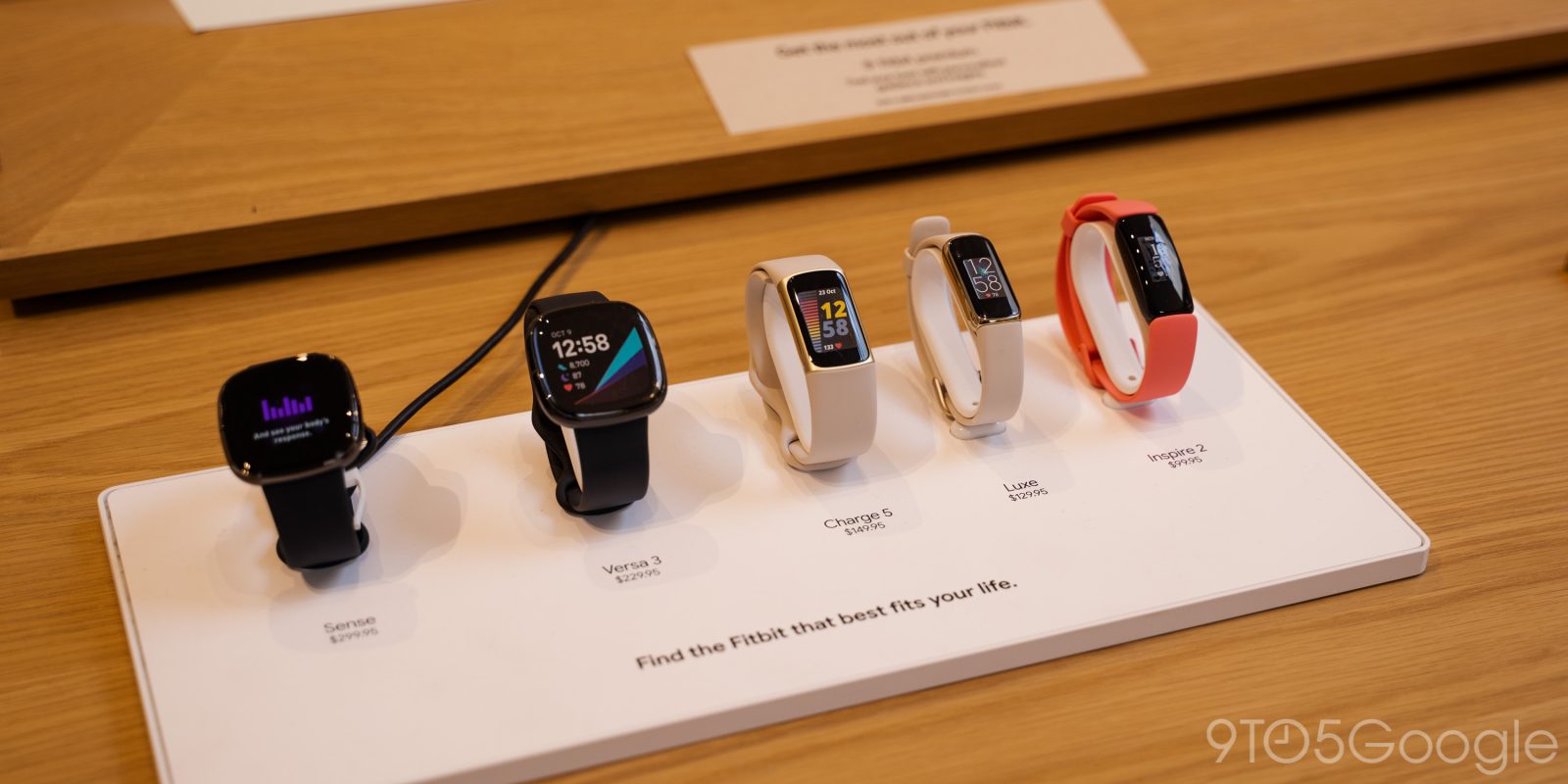
With the launch of Fitbit’s latest devices, “Fitbit by Google” branding was introduced. The Sense 2 and Versa 4 already have a UI modeled after Wear OS 3, but the integration is getting deeper from 2023 onward when Google Accounts will be required to use Fitbit.
Expand Expanding Close
Buying things and paying for subscriptions online has been completely normalized and is one of the easiest ways to do so. Google lets you add and keep debit and credit card information stored in your Google Account, so you have that info wherever you go. One important aspect of this is being able to manage payment methods in your Google Account, whether that’s adding or removing them. Here’s how to do that.
Expand Expanding Close